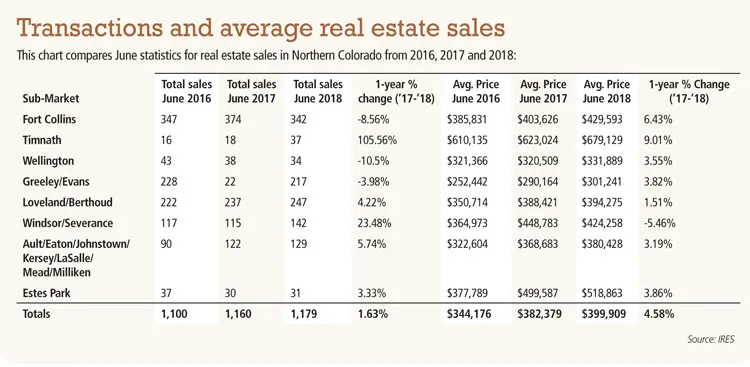Buyer’s market or seller’s market? It depends


 Northern Colorado is in a seller’s market, right?
Northern Colorado is in a seller’s market, right?
Hard to argue otherwise. After all, the region’s supply of homes for sale has held low for several years running, demand maintains a steady simmer, and average prices keep climbing.
From a 30,000-foot view, that’s a reasonable assessment. But identifying a seller’s market or buyer’s market requires a closer look — maybe even as close as a neighborhood, a city block, or a specific property. Through that lens, you’ll see…
THIS ARTICLE IS FOR SUBSCRIBERS ONLY
Continue reading for less than $3 per week!
Get a month of award-winning local business news, trends and insights
Access award-winning content today!


